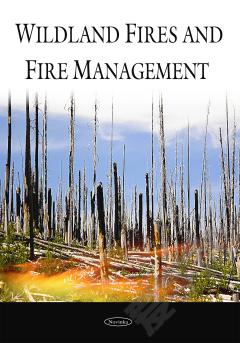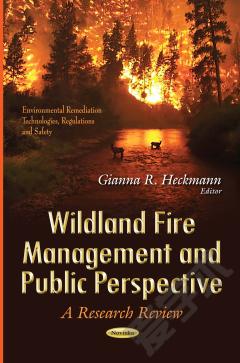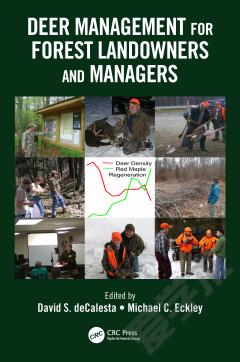Wildland Fires and Fire Management
The Forest Service and Interior agencies have initiated a number of steps to address key operational areas previously identified as needing improvement to help federal agencies contain wildland fire costs, but the effects on containing costs are unknown, in part because many of these steps are not yet complete. First, federal firefighting agencies are developing a system to help them better identify and set priorities for lands needing treatment to reduce fuels, but they have yet to decide how they will keep data in the system current. Second, federal agencies have taken some steps to improve how they acquire and use personnel, equipment, and other firefighting assets—such as implementing a computerized system to more efficiently dispatch and track available firefighting assets—but have not yet completed the more fundamental step of determining the appropriate type and quantity of firefighting assets needed for the fire season. Third, the agencies have clarified certain policies and are improving analytical tools that assist officials in identifying and implementing an appropriate response to a given fire, but several other policies limit the agencies’ use of less aggressive firefighting strategies, which typically cost less. Fourth, federal agencies, working with nonfederal entities, have recently taken steps to clarify guidance to better ensure that firefighting costs are shared consistently for fires that threaten both federal and nonfederal lands and resources, but it is unclear how the agencies will ensure that this guidance is followed. This new book is an edited and excerpted version.
{{comment.content}}








 京公网安备 11010802027623号
京公网安备 11010802027623号